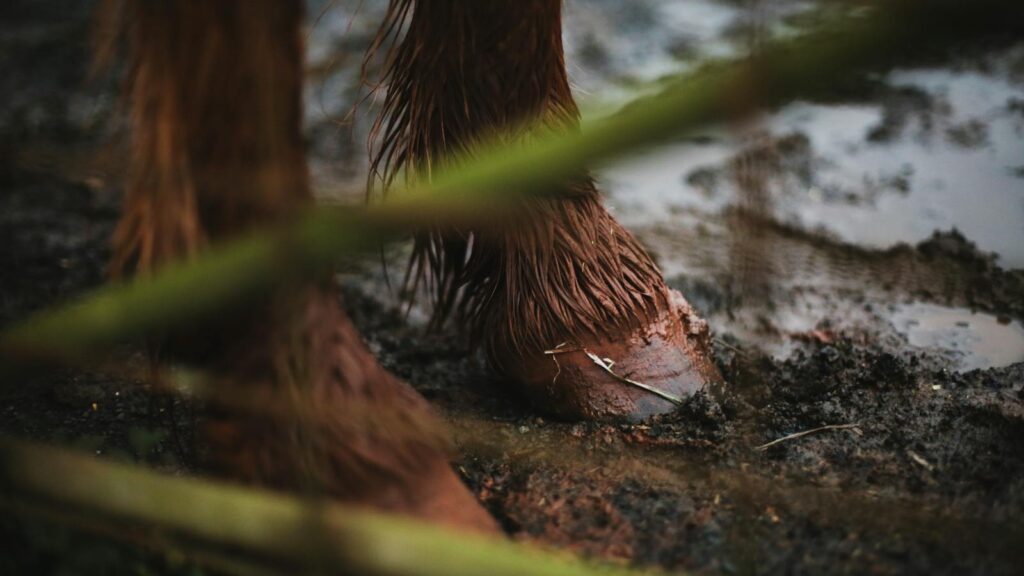Laminitis is a painful and potentially devastating condition affecting horses’ hooves that demands immediate attention. This inflammatory condition disrupts the connection between the coffin bone and the hoof wall, causing extreme discomfort and potentially leading to permanent damage. Despite its severity, many horse owners may not recognize early warning signs or understand how quickly this condition can progress from manageable to life-threatening. When it comes to laminitis, early detection and prompt action aren’t just recommendations—they’re necessities that can make the difference between recovery and irreversible consequences, including the heartbreaking possibility of euthanasia. Understanding this condition and treating it with the urgency it demands is essential for any responsible horse owner or caretaker.
Understanding the Mechanics of Laminitis
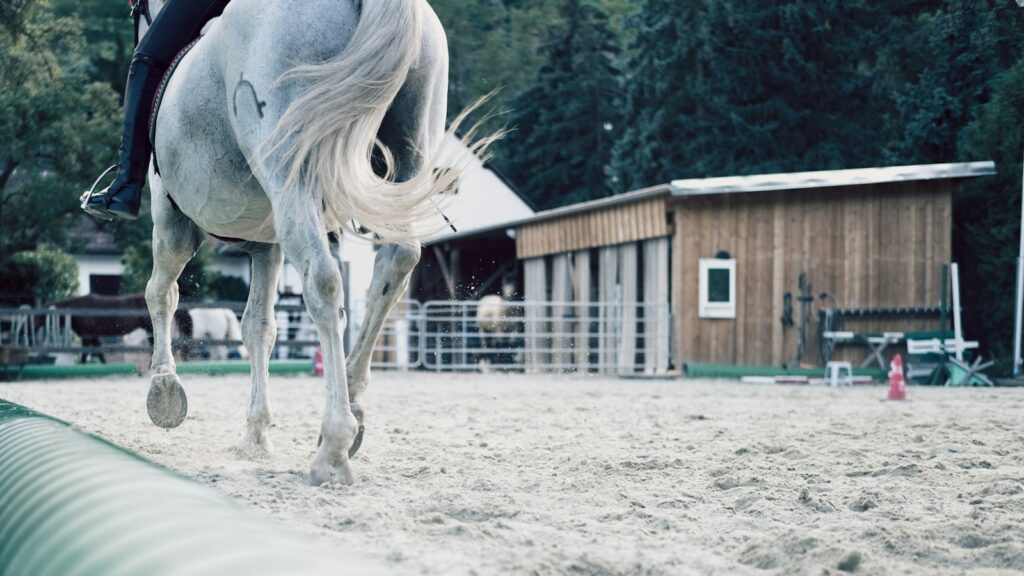
Laminitis occurs when the laminae—the sensitive tissue that connects the coffin bone to the hoof wall—becomes inflamed and begins to fail in its supporting function. This tissue normally provides crucial suspension for the horse’s weight, distributing forces evenly throughout the hoof structure. When inflammation strikes, blood flow becomes compromised, and the weakened laminae may begin separating, allowing the coffin bone to rotate or sink within the hoof. This mechanical failure is not merely painful—it fundamentally alters the horse’s ability to stand and move normally. The intricate architecture of the hoof, designed to support a thousand-pound animal, becomes compromised at its most essential connection point, making every step excruciating.
The Deceptive Early Signs That Often Get Missed

Laminitis often begins subtly, with signs that can be mistaken for temporary soreness or mild discomfort. Early indicators may include a slightly altered gait, increased digital pulses in the lower limbs, or a horse that seems reluctant to move or turns with unusual caution. Some horses may shift their weight frequently or adopt an unusual stance with front feet extended forward to relieve pressure on the painful toe region. Heat in the hooves, especially near the coronary band, can be an early warning that inflammation is developing. These seemingly minor changes can appear days before the classic “sawhorse stance” or obvious lameness becomes apparent, making early recognition critically dependent on an owner’s attentiveness to subtle behavioral and physical changes.
The Frighteningly Rapid Progression of Untreated Cases
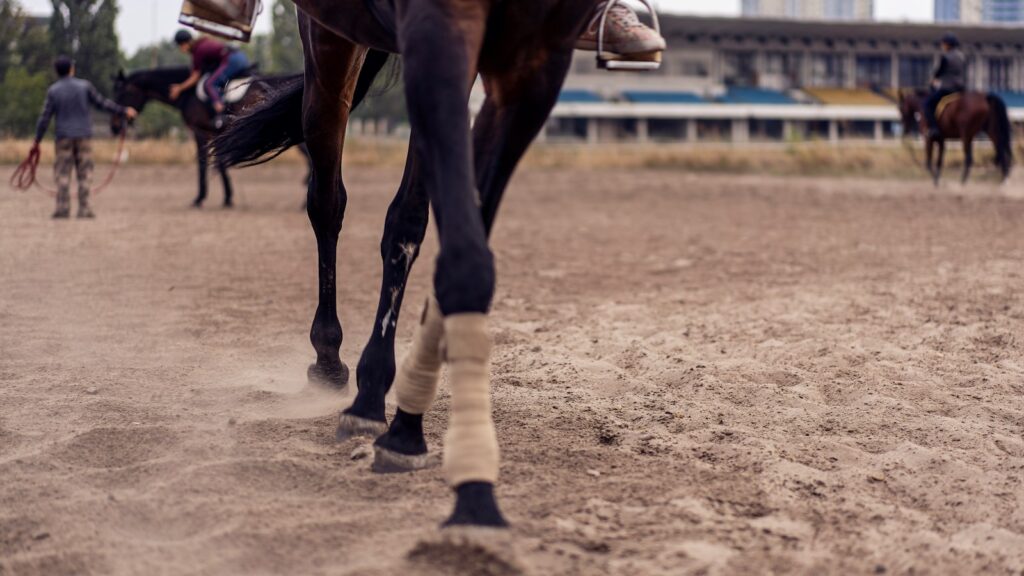
When laminitis goes unaddressed, its progression can be alarmingly swift and severe. Within days, mild inflammation can escalate to critical structural damage as the laminar connections continue to fail under the horse’s weight. This failure allows the coffin bone to rotate downward or, in more severe cases, to sink completely through the sole of the hoof—a catastrophic outcome called “founder.” Once significant rotation or sinking occurs, the prognosis darkens considerably, with each passing hour potentially causing irreversible damage. Blood vessels become compromised, tissues begin to die from lack of oxygen, and the pain intensifies to unbearable levels. This rapid deterioration makes the window for effective intervention painfully narrow, highlighting why immediate action upon the first suspicion of laminitis is non-negotiable.
The Three Major Causes Every Horse Owner Should Know

Understanding laminitis risk factors is essential for prevention, with three primary causes accounting for most cases. First, metabolic disorders—particularly equine metabolic syndrome and Cushing’s disease—create hormonal imbalances that predispose horses to laminitis, making regular testing crucial for at-risk animals. Second, carbohydrate overload from excessive grain consumption or sudden access to lush pasture can trigger fermentation in the hindgut, releasing endotoxins that damage laminae. Third, severe infections or inflammatory conditions elsewhere in the body can trigger laminitis as a secondary complication, including conditions like colic, retained placenta in mares, or severe pneumonia. Additional risk factors include excessive concussion on hard surfaces, certain medications (particularly corticosteroids), and obesity, which places additional stress on already compromised tissues.
The Pain Factor: Why Laminitis Is Among the Most Excruciating Equine Conditions

The pain associated with laminitis ranks among the most severe experiences a horse can endure, comparable to having your fingernail slowly pulled away from the nail bed while bearing weight on it. This extraordinary discomfort stems from the hoof’s dense concentration of nerve endings and the constant pressure applied to inflamed tissues each time the horse bears weight. Unlike some injuries where a horse can compensate by shifting weight elsewhere, laminitis frequently affects multiple hooves simultaneously, eliminating the option of relief through altered stance. The inflammatory process itself causes throbbing pain as increased blood pressure pushes against sensitive tissues confined within the rigid hoof capsule. This relentless discomfort explains why affected horses often lie down frequently or stand completely motionless for extended periods—movement becomes simply unbearable.
The Critical First 48 Hours: Actions That Can Save Your Horse

The initial 48 hours after laminitis symptoms appear represent a crucial window where appropriate action can significantly influence outcomes. Immediate veterinary attention is non-negotiable—even if symptoms seem mild, as internal damage often exceeds what’s visibly apparent. While awaiting professional help, moving the horse to a deeply bedded stall with soft footing can reduce concussion and provide comfort. Cold therapy through ice boots or cold water immersion helps reduce inflammation and provides pain relief by constricting blood vessels and numbing the area. Administering only veterinarian-recommended anti-inflammatory medications is essential, as some common equine pain relievers can worsen certain laminitis cases. Most importantly, restrict all movement and access to feed until your veterinarian provides specific guidelines, as both activity and additional carbohydrates can significantly worsen the condition during this critical period.
Diagnostic Approaches: Beyond the Visual Assessment

Proper diagnosis of laminitis requires more than just observing clinical signs, with veterinarians employing multiple assessment methods to understand the full extent of damage. Radiographs (X-rays) provide crucial information about the position of the coffin bone relative to the hoof wall, revealing any rotation or sinking that has occurred and helping guide treatment decisions. Venograms, which involve injecting contrast material into blood vessels before X-rays, can assess blood flow patterns within the hoof, identifying compromised circulation that might hinder healing. Digital pulse assessment helps track inflammation levels, with strong, bounding pulses indicating active inflammation. Advanced cases may benefit from MRI imaging, which provides detailed soft tissue visualization that can reveal damage to the laminae not apparent on conventional X-rays. This comprehensive diagnostic approach allows veterinarians to tailor treatment to the specific degree and nature of the damage present.
Therapeutic Shoeing: The Role of Specialized Farriery
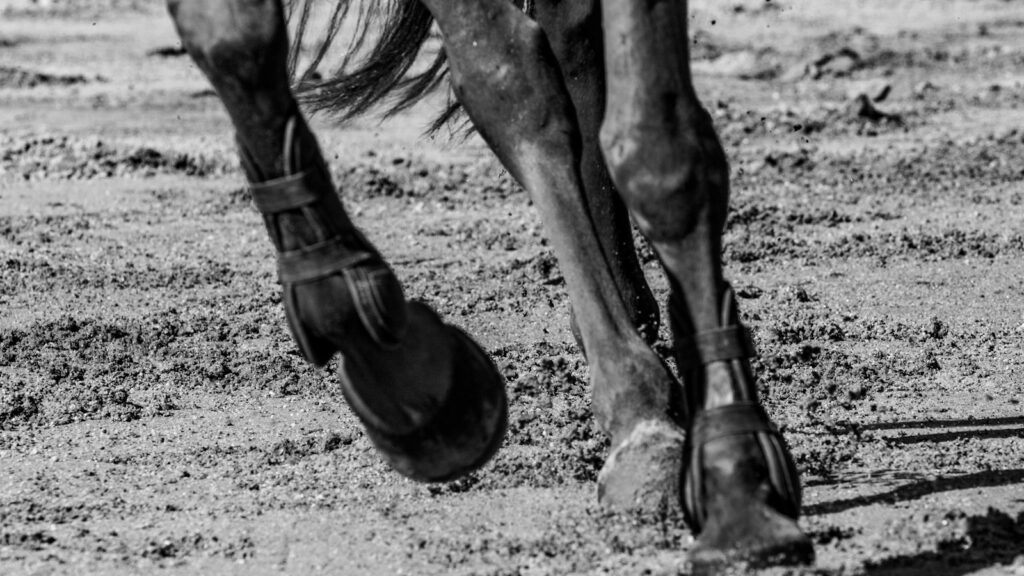
Specialized farriery plays a pivotal role in laminitis management, with therapeutic shoeing often making the difference between recovery and deterioration. Skilled farriers work alongside veterinarians to design hoof support that redistributes weight away from damaged areas, particularly the painful toe region where coffin bone pressure is most severe. Heart bar shoes, reverse shoes, or frog support pads can transfer weight-bearing to less affected structures while maintaining proper alignment of the coffin bone. For severe cases, Styrofoam support systems or specialized boots with adjustable padding provide customized comfort while protecting compromised hooves. Proper trimming is equally important, with careful attention to hoof balance and removing leverage forces that could worsen coffin bone rotation. This therapeutic approach requires regular adjustments as the condition evolves, making an ongoing partnership between veterinarian, farrier, and owner essential to successful management.
The Financial Reality: Why Delayed Treatment Costs More
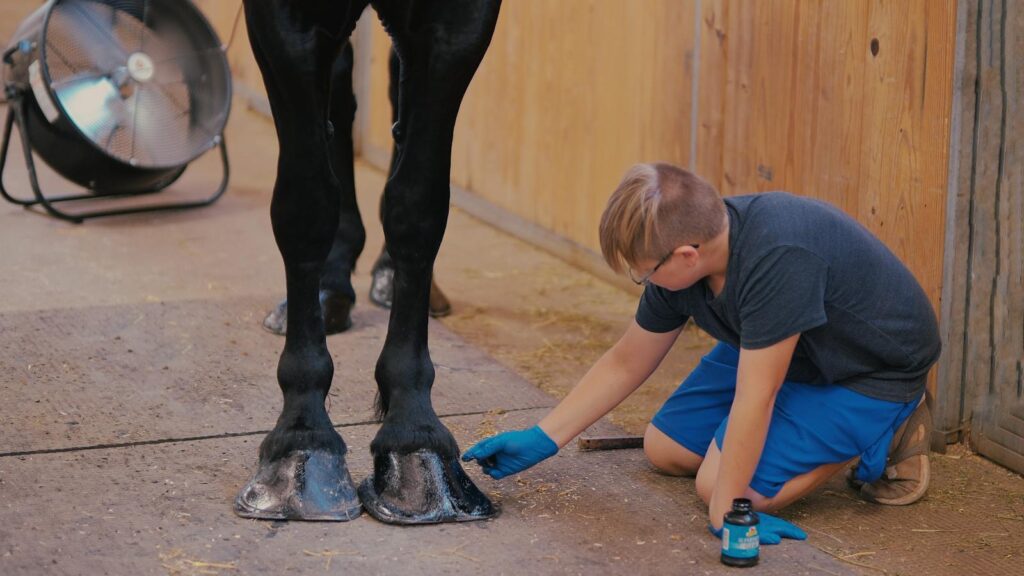
The financial implications of laminitis treatment increase exponentially with delayed intervention, making early action not just medically sound but economically prudent. Initial diagnosis and treatment typically range from $500-1,000, including veterinary examination, pain management, and preliminary care. However, when treatment delays allow the condition to progress to rotation or sinking of the coffin bone, costs can quickly escalate to $3,000-10,000 as specialized radiography, hospital stays, intensive therapies, and surgical interventions become necessary. Long-term costs for chronic cases easily reach tens of thousands of dollars over a horse’s lifetime, requiring special shoeing every 4-6 weeks rather than the standard 8-week cycle, plus ongoing medication and dietary management. Beyond direct veterinary expenses, the hidden costs of facility modifications, specialized equipment, and potential loss of use or decreased value of the horse make early intervention the financially responsible choice.
Dietary Management: Nutrition’s Critical Role in Recovery

Nutrition becomes a cornerstone of both laminitis treatment and prevention, requiring careful management to support recovery while avoiding triggers. For acute cases, restricting non-structural carbohydrates is essential, typically by eliminating grains and sweet feeds while limiting or eliminating access to lush pasture. Low-sugar, low-starch forage becomes the foundation of the diet, often requiring testing to ensure appropriate levels for compromised horses. Supplementation with omega-3 fatty acids can help reduce inflammation throughout the body, while specific nutrients like biotin support healthy hoof growth during the lengthy regeneration process. Weight management becomes particularly critical for obese horses, requiring a carefully planned reduction program that prevents nutritional deficiencies while gradually decreasing body fat. This dietary balancing act must be maintained long-term, especially for horses with underlying metabolic conditions, making nutrition an ongoing aspect of care rather than a temporary intervention.
Prevention Strategies That Actually Work

Effective laminitis prevention combines management practices with vigilant monitoring of risk factors. Regular body condition scoring helps maintain appropriate weight, ideally keeping horses between 4-5 on the 9-point scale to prevent obesity without causing undernourishment. For horses with access to pasture, using grazing muzzles or implementing time-restricted grazing helps control sugar intake, particularly during high-risk periods like spring growth or after frost. Introducing dietary changes gradually allows the digestive system to adapt without disruption, while maintaining a consistent exercise program helps regulate metabolism and insulin sensitivity. For horses with known metabolic issues, regular testing of ACTH, insulin, and glucose levels allows for early intervention when imbalances appear. Perhaps most importantly, establishing baseline digital pulse patterns and hoof temperature ranges during healthy periods creates a reference point for detecting early inflammatory changes before visible symptoms develop.
Life After Laminitis: Long-term Management Considerations
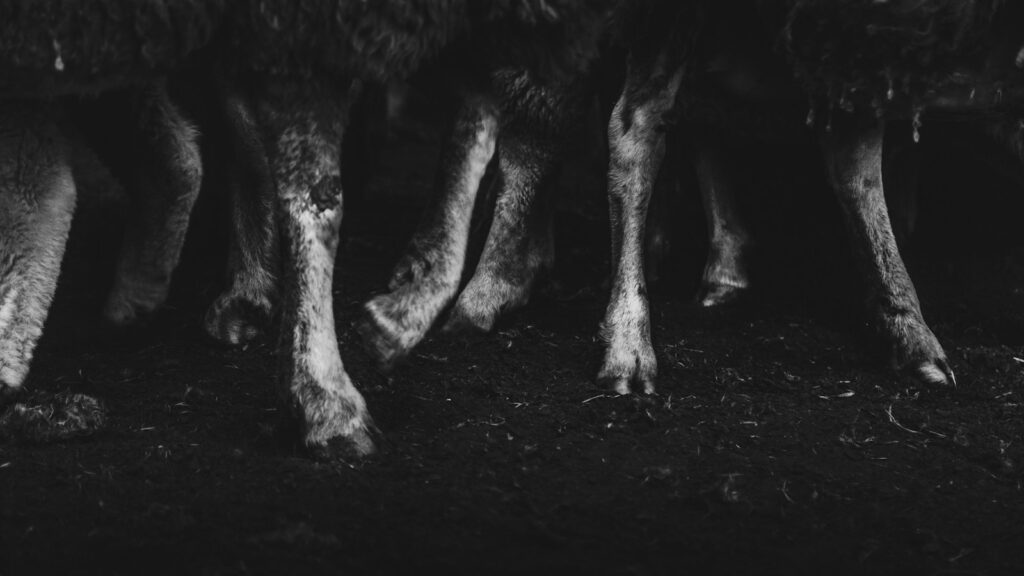
Horses that survive acute laminitis require lifelong management adaptations to prevent recurrence and maintain comfort. Routine hoof care becomes more frequent and specialized, often necessitating trimming or shoeing every 4-6 weeks with attention to perfect balance and support. Exercise programs must be carefully structured, beginning with controlled hand-walking on soft surfaces and progressively increasing duration and intensity as the hoof stabilizes, though some horses may never return to previous performance levels. Environmental modifications, such as providing cushioned flooring in stalls and avoiding hard or uneven terrain, help reduce concussive forces on compromised hooves. Perhaps most challenging is the psychological component—horses that have experienced severe laminitis may develop anxiety about certain footing or situations associated with past pain, requiring patient retraining and confidence-building. Despite these challenges, many properly managed horses return to comfortable, productive lives through consistent, attentive care and appropriate activity limitations.
When to Make the Hardest Decision: Humane Endpoints
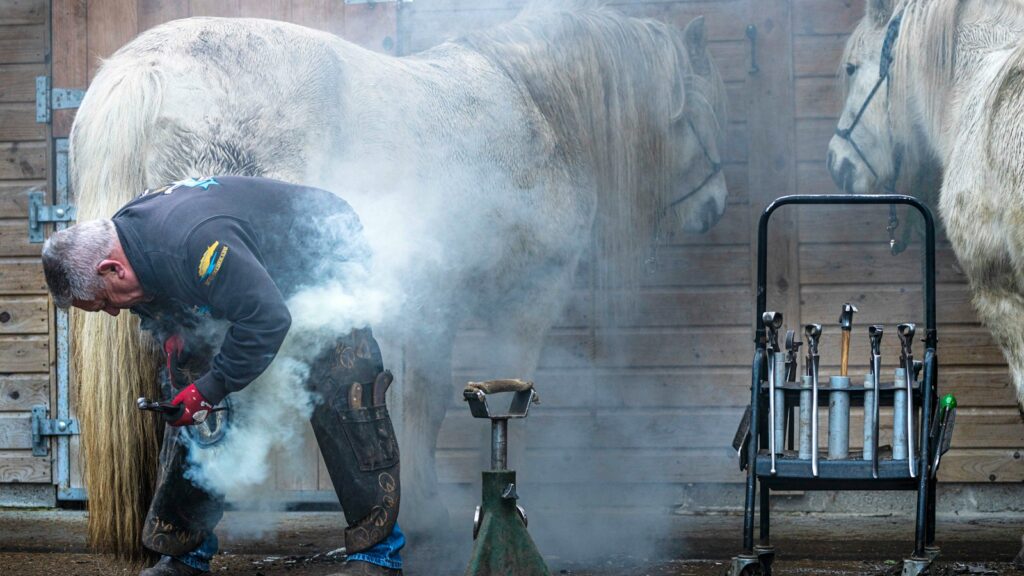
Despite best efforts, some laminitis cases progress to a point where humane euthanasia becomes the most compassionate choice. Veterinarians typically evaluate several factors when helping owners assess quality of life, including persistent severe pain despite aggressive pain management, which suggests irreversible damage has occurred. Radiographic evidence of significant coffin bone penetration through the sole, particularly when accompanied by infection, creates a situation where healing becomes biomechanically improbable. Horses unable to stand or move to access water and food independently face welfare challenges that can become insurmountable. Beyond physical indicators, behavioral changes like persistent depression, grinding teeth, or unusual aggression can signal unmanageable suffering. While this decision is heart-wrenching, understanding these humane endpoints helps owners make choices based on the horse’s quality of life rather than prolonging suffering through ineffective interventions.
conclusion
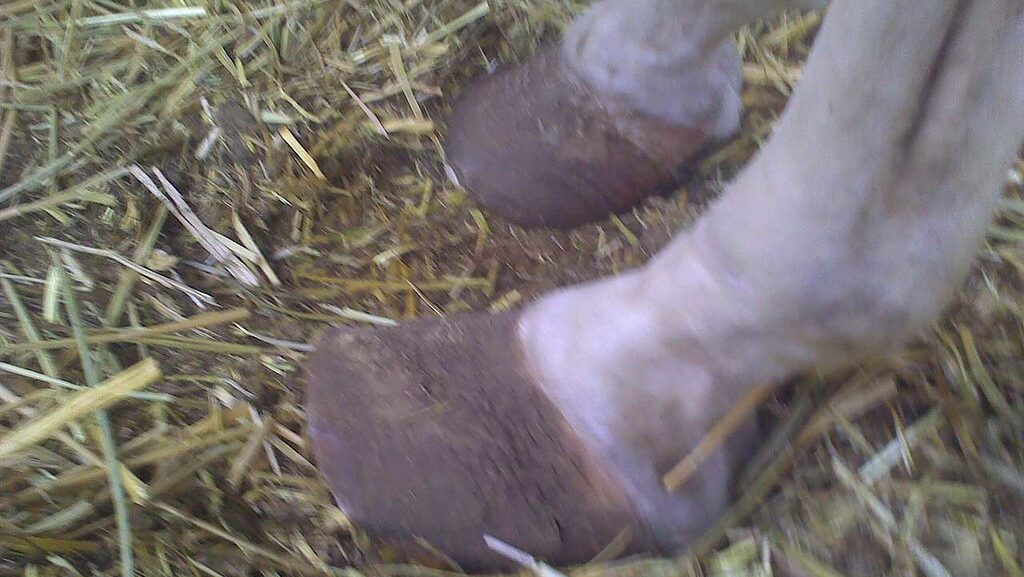
Laminitis represents one of the most serious threats to equine health, combining severe pain with the potential for permanent damage and even loss of life. The condition’s deceptive onset, rapid progression, and devastating consequences make immediate recognition and response non-negotiable aspects of responsible horse ownership. While advances in veterinary medicine and specialized farriery have improved outcomes for many affected horses, these interventions depend entirely on swift action during the earliest stages. By understanding risk factors, recognizing subtle warning signs, and maintaining preventive management practices, horse owners can significantly reduce their animals’ vulnerability to this condition. For those facing active cases, commitment to comprehensive veterinary care, appropriate pain management, and long-term adaptations offers the best chance for recovery and continued quality of life. When it comes to laminitis, knowledge truly is power—the power to protect the horses in our care from unnecessary suffering through vigilance and prompt intervention.

